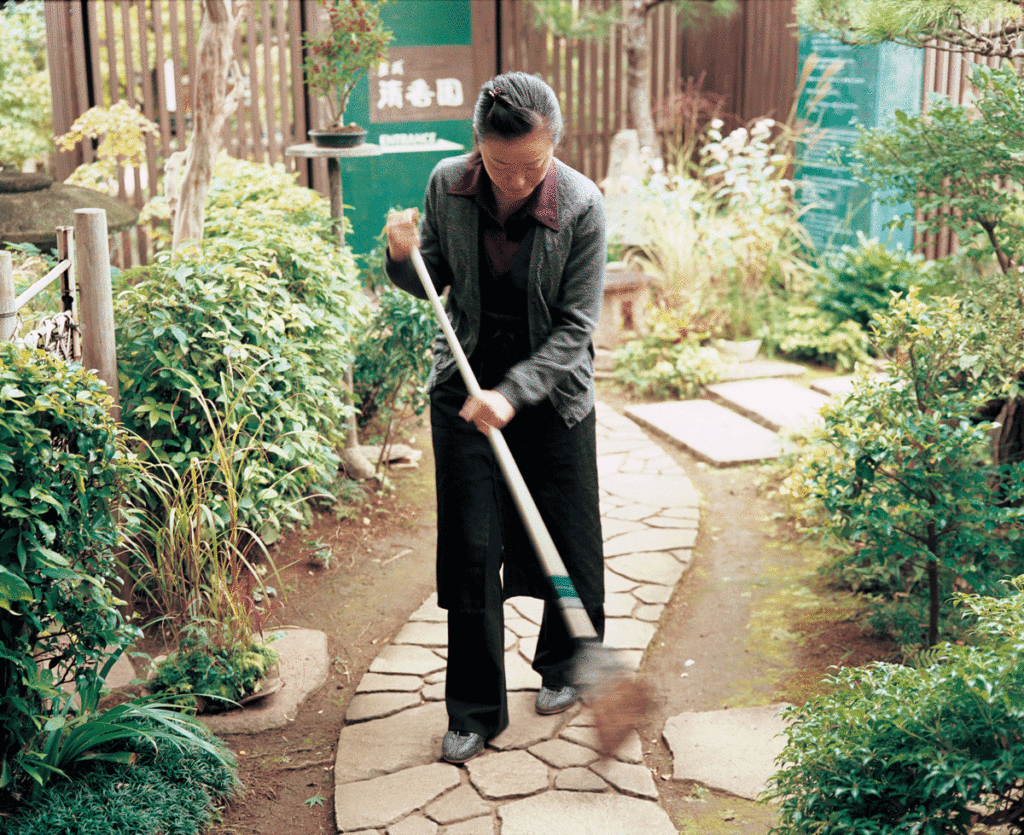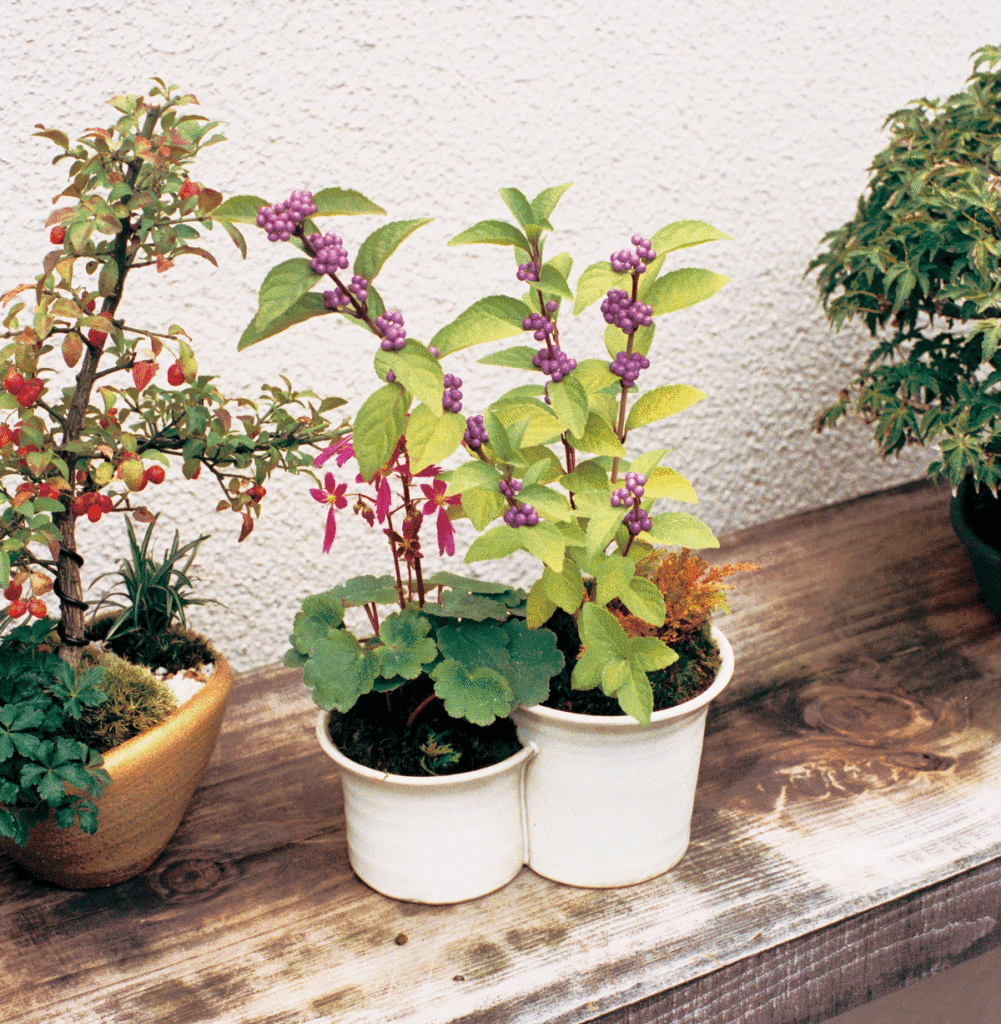Story 02 | Awoken from a 1000 year sleep
“I remember feeling a lot of pressure around middle school when I realized that this would be my career, my life.” Kaori Yamada, the only child of one of Japan’s most revered Bonsai growers, grew up with weight on her shoulders — predestined to become the fifth owner and Bonsai master at her family’s 150 year old nursery, Seiko-en.
Sitting beside her bonsai one autumn morning she talks about “the pressure of continuing such a long tradition, I really wondered if I was capable.” Now in her early thirties, Yamada has proved herself and is Japan’s best known female Bonsai grower. She is known for challenging the dusty ideas of traditional Bonsai and opening the culture up to an entirely new generation of Japanese.

Although many foreigners see Bonsai as something quintessentially Japanese, many Japanese see Bonsai as something quintessentially geriatric, “something your grandfather did.” It was also something which required a lifetime of work to see results. Yamada showed an alternative when she mastered a style of Bonsai which her father proposed during the 1980’s called Saika. At that time the economy in Japan was booming, and expensive Bonsai got the limelight. Now, after two decades of economic problems in Japan, Saika’s value is being understood as a simpler (and cheaper) interpretation of Bonsai.
“My idea with Saika is to take Bonsai and make it more practical for young women. Even if the style changes, the idea and essence of Bonsai can carry on. Traditional Bonsai can seem like a bit of an anachronism in a modern setting but I think traditions should adapt with the times, changing and reforming around modern life, it’s just not practical to force it to remain as it always was.”
Traditional Bonsai aesthetics demand one tree to be planted in one pot -— no mixing of species. It encourages austerity, control and a level of patience which a modern human has only a vague notion of. Saika on the other hand brings many species of trees into one pot, forming a miniature garden, it is about simplicity and convenience. “But,” says Kaori, “it still carries the original idea of Bonsai — bringing nature inside, a replica of real natural Japanese landscapes.” Saika has developed a strong following, especially among women.
Its critics claim it has more in common with Ikebana (flower arranging) than Bonsai and that it does not represent “true” Bonsai. However, these criticisms are too short sighted. If you look back to the time before Bonsai was governed by strict rules and ideas, there was a form of landscape gardening called ‘bonkei’ (miniature landscapes) where people would assemble elaborate rocks, flowers, grasses and trees on a wooden shelf. The nursery at Seiko-en might be the closest incarnation of that ancient precursor to Bonsai, with Kaori Yamada pulling it back from it’s thousand year sleep.
< PAPERSKY no.37(2012) >












